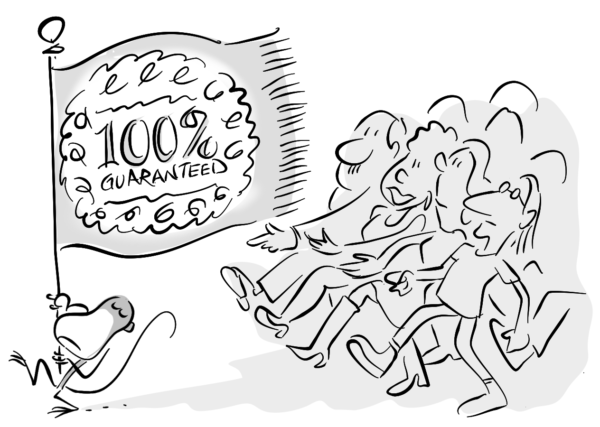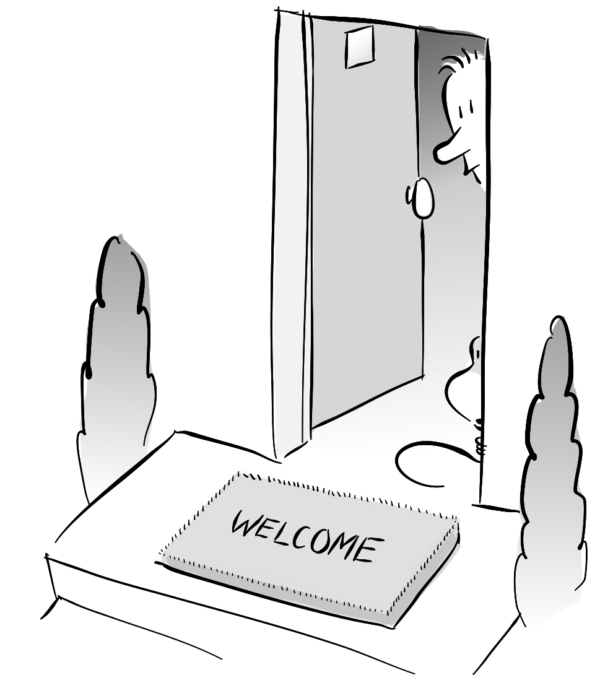In my last newsletter, I introduced a 5 step action plan to help us to respond—rather that react—to a threat. But what can you do about the continued anxiety you feel even though you have a plan in place?
While taking thoughtful action helps reduce fear and worry, it does not always solve the problem. Whatever your concern is, whether a changing political environment, your health, finances, or your relationships, 100% certainty is impossible.

Because the world is in constant flux, the limbic brain that perceives threats and alerts us to them cannot rest. It constantly scans the horizon, pressing the anxiety button when it perceives an uncertain outcome. This monkey mind is not being a pest on purpose, it is only doing its job— trying to keep you safe.
When problems do not resolve despite our best efforts we have a tendency to think that if we worry hard enough, we can solve it, that with enough concentration we can create certainty and feel the peace and security we crave. But since 100% certainty is impossible, there is no end to our worries. This can interfere with being productive at work, play, or when you are trying to sleep.
Your natural reaction may be to distract yourself from worry and anxiety. With your smart phones and other media devices, temporary relief is only a click away. You may also try to numb yourself with alcohol or drugs. These attempts to ward off anxiety send the wrong message to the monkey mind. The message is, I can’t handle this.
As an alternative, here is a powerful exercise that will send a better message. It will cultivate flexibility, resilience and presence. And with enough practice, it will quiet the monkey mind. I call this exercise the Welcoming Breath.

Directions for the Welcoming Breath
Scan your body for tension or discomfort. Common areas we hold tension are the jaws, shoulders, and stomach.
As you inhale, imagine you are breathing in to the area of discomfort. Rather than trying to get rid of it, make room and space for it. The goal is to soften and surrender to whatever you are feeling in this moment.
When you exhale, imagine yourself letting go of trying to fix, analyze or problem solve.
Continue to do this for 5-10 minutes.
All emotions have a beginning, middle and an end. When we learn to relax into discomfort we are able to process it. When we respond to anxiety by welcoming it rather than reacting to it, we calm the monkey mind. We send a message that says, I got this one.
With practice, it learns not to press the panic button every time you are reminded of a potential threat. Your anxiety decreases. In the welcoming state, we are in a much better position to take wise, thoughtful and effective action.
You can listen to a guided practice here or download it by clicking here.


Recent Comments